Which touring bike gears are right for me?
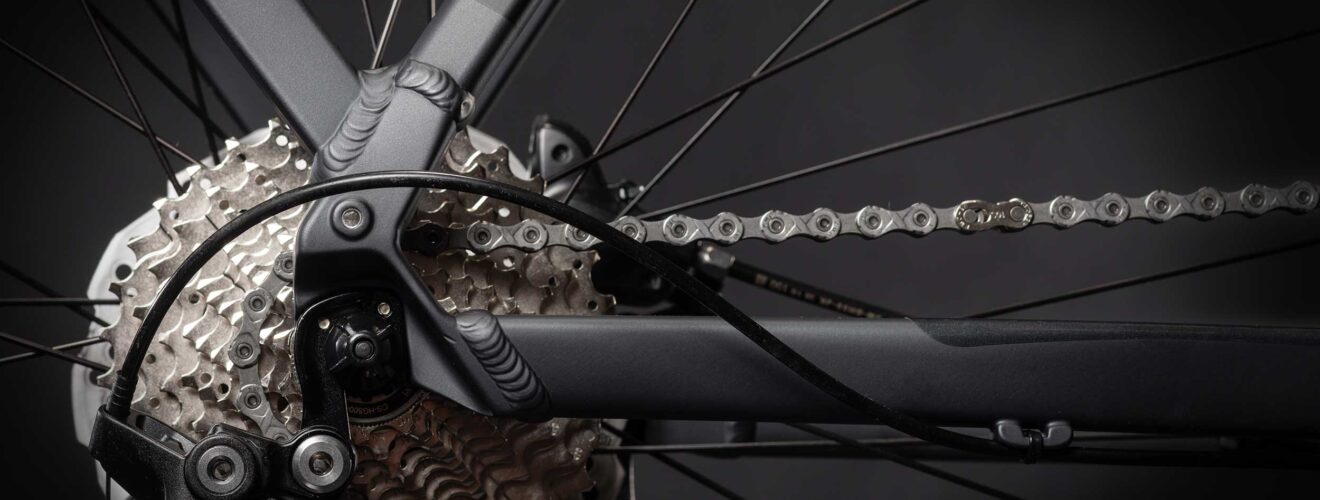
In the meantime, trekking bikes are mostly equipped with hub gears. With up to 11 gears, they are more comfortable and easier to use than derailleur gears. You can see the advantages and disadvantages here:
Derailleur gears on trekking bikes
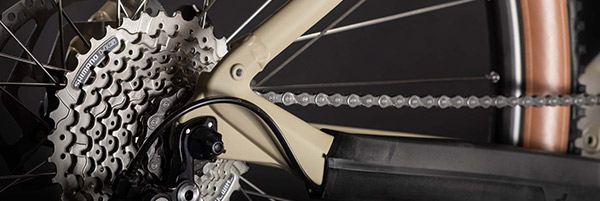
They are popular for sporty bikes and in mountainous regions. Mountain bikes and trekking bikes are equipped with them, as are racing bikes. The difference is the number of cranks, which is 1-speed on sporty bikes and max. 3-speed on touring bikes. So if you tend towards a touring bike, you will also find more chainrings. Derailleur gears can have 5 – 27 gears. A 27-speed bicycle has 3 chainrings and a 9-speed sprocket cassette at the rear.
Advantages / disadvantages
| ✅ Durability ✅ Cheaper than hub gears ✅ Large gear ratio ✅ Low weight ✅ Spare parts can be changed more easily ✅ Many gears |
| ❌ Higher wear as parts are exposed and get dirty more quickly ❌ Shifting only while pedalling ❌ Higher maintenance ❌ No coaster brake |
Hub gears on trekking bikes
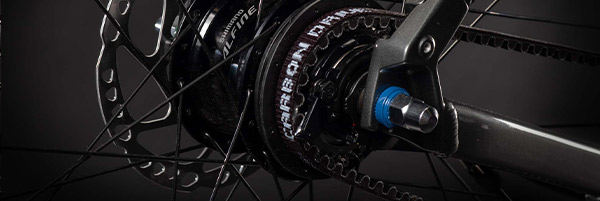
This type of gearstick is the most commonly used on trekking bikes. It can be shifted while stationary and a coaster brake can be used. Hub gears require less maintenance because they are closed, but they are a little heavier than derailleur gears. Hub gears usually have 3 to 11 gears. Shimano Nexus and Alfine models, for example, are popular hubs for trekking bikes.
Advantages / disadvantages
| ✅ Easy to operate ✅ Requires less maintenance ✅ Can be shifted while stationary ✅ Well protected because it is sealed ✅ Long-lasting ✅ Coaster ✅ brake possible |
| ❌ Heavier than a derailleur ❌ Higher price ❌ The gear ratio range is not as high as with a derailleur ❌ Repairs are more expensive |
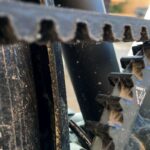
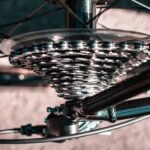


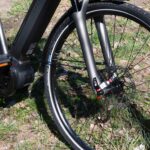
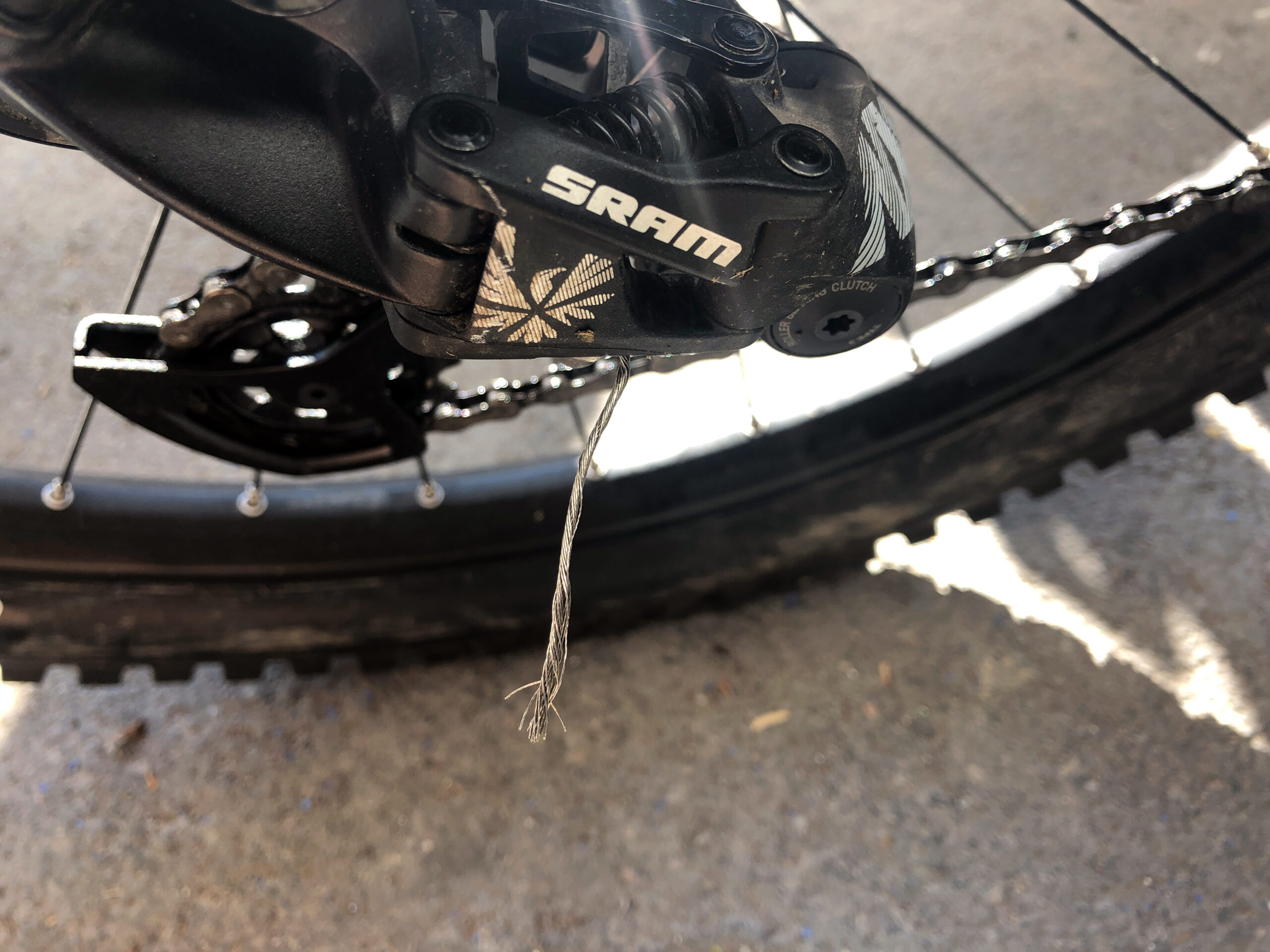

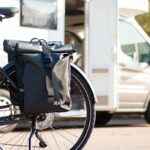
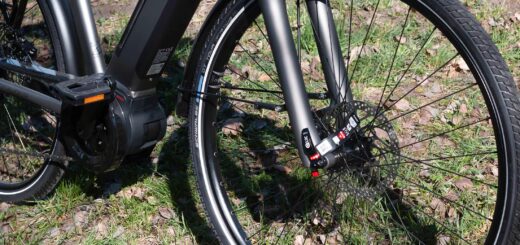
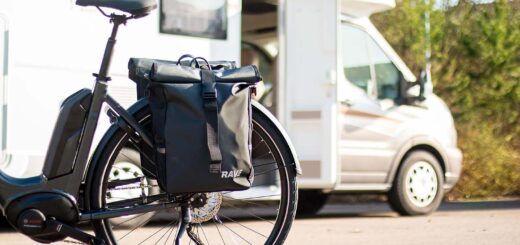








Recent Comments